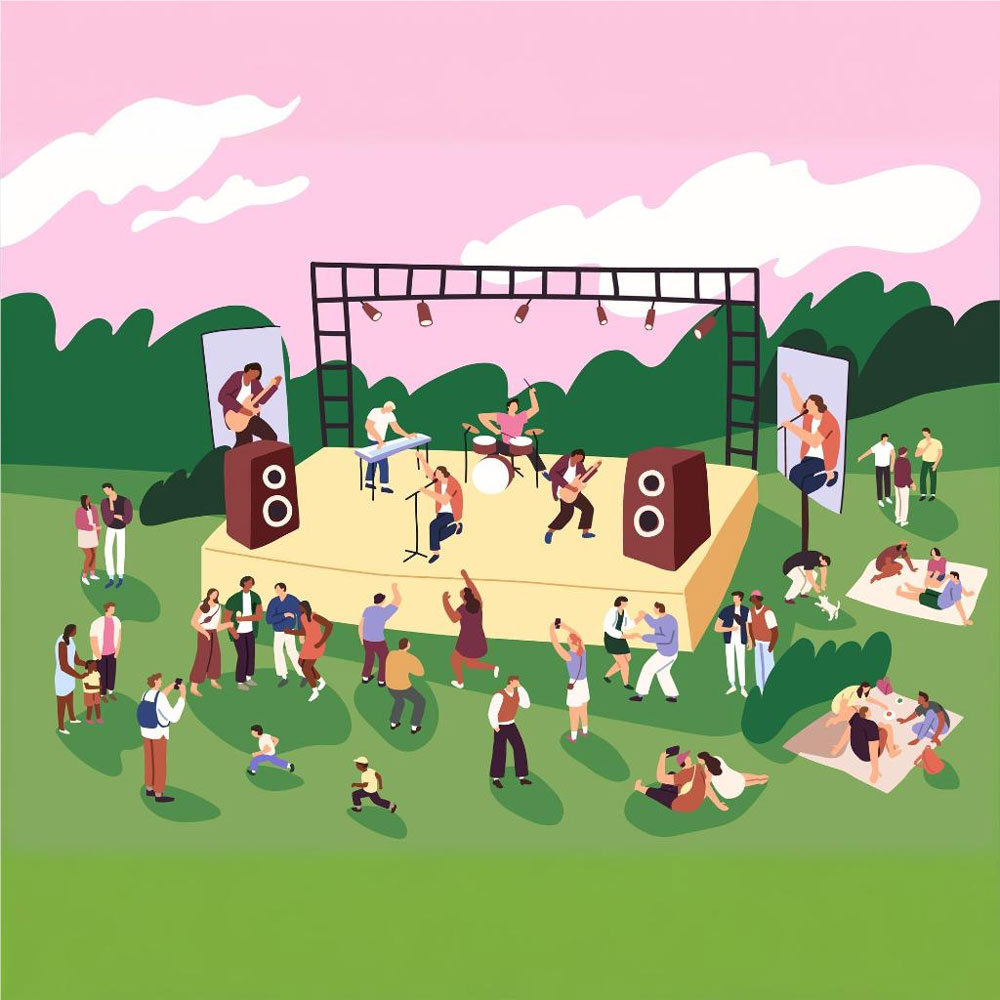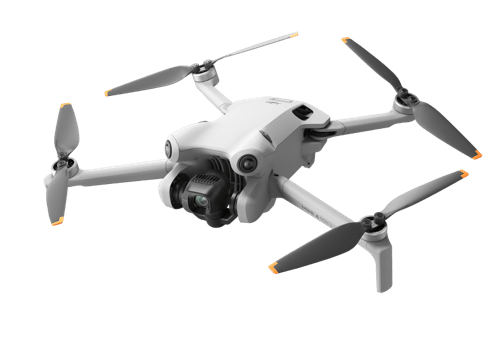Key Considerations for Flying Over People
When flying an sUAS, understanding the rules for operations involving people, large gatherings, or restricted areas is very important. In this section, we’ll break down the requirements for the following three scenarios:
- sUAS Flight Over Bystanders: Requirements for flying over people who aren’t involved in the flight, such as bystanders in a park.
- sUAS Flight Over Open-Air Assemblies: Requirements for flying over large gatherings, like festivals or concerts, and the exceptions that might apply with special permissions or waivers.
Additionally, we’ll touch on:
- sUAS Flight in Transit vs Sustained Flight over People: How these two different flight types affect the required safety measures.
Defining Bystandars

Defining Open Air Assemblies
The FAA defines an open-air assembly as any unprotected outdoor gathering of people that takes place in an area that is not enclosed or partially enclosed by structures. This includes events such as concerts, festivals, sporting events, or any other public or private gathering where people are gathered in an open space.
These gatherings are considered high-risk for sUAS operations due to the potential for injury or damage in the event of an accident.

Defining Transit vs Sustained Flight
- Transit refers to the phase of flight when a drone is moving from one location to another, typically at a constant speed and altitude. During transit, the sUAS is not stationary and is actively navigating between points.
- Sustained flight refers to when an sUAS remains stationary, hovering in one spot, holding its position in the air.
Categories 1-4
Flight Over People
Category 1: Low-Risk sUAS
Flight Over Bystanders: Transit and sustained flight are allowed.
Flight Over Open-Air Assembly: Yes – As long as the Category 1 drone is remote ID compliant.

Over Bystanders
public park
Transit: Allowed
Sustained: Allowed

Over Open Air Assembly:
outdoor concert
Transit: Allowed
Sustained: Allowed
PLUS Remote ID Required
Category 2 sUAS
Same rules as Category 1 applies, but for heavier drones (.55 – 55lbs).
Flight Over Bystanders: Transit and sustained flight are allowed.
Flight Over Open-Air Assembly: As long as DOC, MOC + Remote ID

Over Bystanders
i.e. public park
Transit: Allowed
Sustained: Allowed

Over Open Air Assembly
outdoor concert
Transit: Allowed
Sustained: Allowed
PLUS Remote ID Required
Category 3 sUAS
The requirements for Category 3 drones operation are as follows:
- People must be:
- Directly involved in the drone operation,
- or located under a covered structure, or
- or inside a stationary vehicle that can protect them from a falling drone
- Restricted Areas:
If people are present, the area must be restricted and controlled in some way to minimize risk, such as by using barriers, signs, or other means to keep people out of the area where the drone is operating. - Notifications:
- If a person is inside a building that offers sufficient protection, the FAA doesn’t require them to be notified about the drone’s presence, though there should be signs marking the restricted area at any entry points.
- If someone is outside and not under cover they need to have been notified about the drone’s presence, or directly involved.
Open-Air Assembly (e.i., Outdoor Concert) with a Category 3 sUAS:
Even if all the requirements (such as notifying attendees, restricting the area, etc.) are met, you will still need a waiver from the FAA to fly a Category 3 drone over an open-air assembly.
A category 3 drone cannot be flown over open-air assembly, be it transiting or sustained flight.
This is because open-air assemblies, by their nature, involve a higher level of risk due to the number of people present and the dangerous potential consequences of an sUAS malfunction. The FAA requires additional safeguards for these types of events, and a waiver ensures the operator has addressed those risks.

Over Bystanders:
public park
Not allowed:
– People not directly involved
– Area not restricted

Over Open Air Assembly:
outdoor concert
Not Allowed:
– Attendees not directly involved
Scenarios for Category 3:

Construction Site: The workers aren’t aware of the flight mission.
Not Allowed – all must be notified

Construction Site: All workers are Aware but area not restricted
Not Allowed – area must be restricted.

Construction Site: All workers are aware and site is restricted.
Allowed




